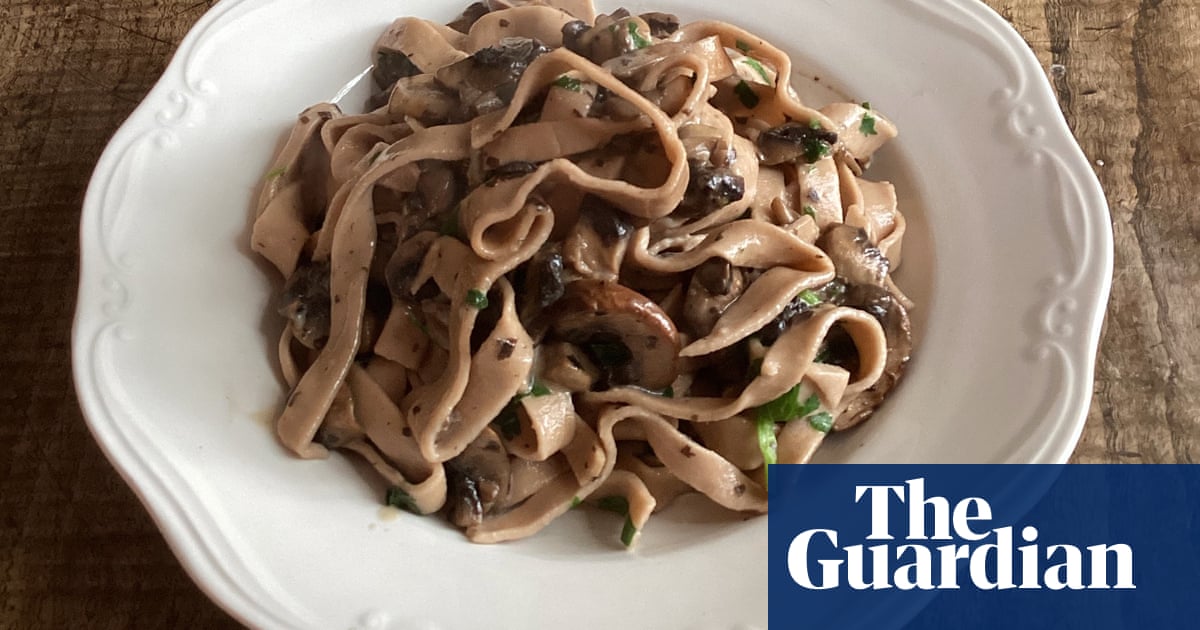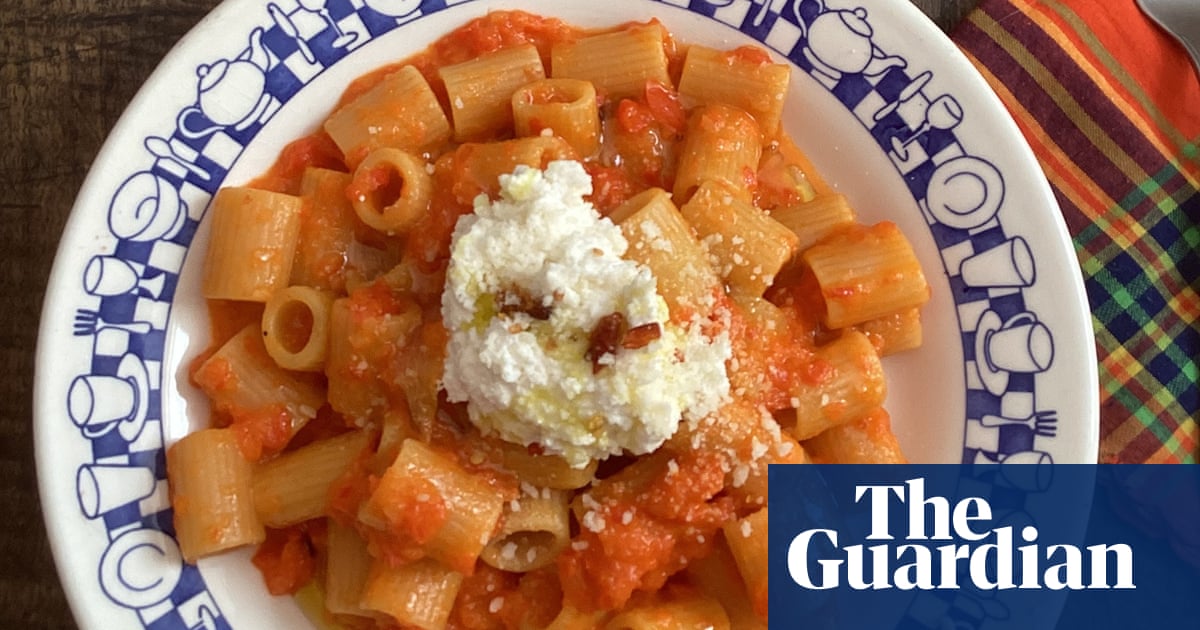
ne of our many neighbours spends a fair bit of his day just outside the main gate of the building, or on the nearby corner of the piazza. He is 84, although he seems younger, and is always immaculately dressed: his trouser pleats sharp, his shirt collar firm, his suede jacket brushed in the right direction.
On the corner, he is part of a group of men – most of whom were born in one of the four buildings that box the piazza – who chat in the sunshine. At the gate, he is often waiting for his wife, also in her mid-eighties (and in my opinion the best dressed signora in our neighbourhood). It is a good day if, when coming round the corner from my part of the building, I coincide with her coming down the stairs from hers, so we can walk to the gate together, and therefore meet her husband, with his performed exasperation and obvious pride. Meeting her is rare, though. Usually I see only him, waiting, and he always asks, “Vai a spasso?” (“Going for a saunter?”), and I always say yes, even when I am rushing to the optician. And because trips these days out are short and masked, I might also see him on my way back, still waiting. And if it is lunchtime, which it often is, he always says the same thing. “Vai a cucinare la pasta?” (“Going to cook pasta?”), and I always reply yes, because I probably am, again.
“Again”: usually, that’s such a reassuring word in relation to cooking, suggesting often-made, much-loved dishes. Even “not again”, which makes me think of my grandfather, who complained about having the same thing again and again, but wouldn’t have had it any other way, is a sort of reassurance. This November, however, “again” is different, filled with uncertainty and a sense of being suspended, which ripples out like sound waves. I, for one, keep feeling stuck – in life, work, writing and lunch.
I am helped by Ann Lamott’s book Bird By Bird: Some Instructions On Writing and Life. The title comes from a piece of advice from her father to her brother when he was overwhelmed by a school project about birds: don’t get swamped by the immensity of the whole task. Rather, start by learning the bird names one by one. Lamott’s whole book is a treasure, a helpful approach to writing, but also to life and to cooking. So, bird by bird – or in my case, pan by pan – I break it down. I get out the pan, fill it with water, put it on the stove and bring to a boil.
Putting water on for pasta is a sort of switch that propels you to action. What have you got? Tinned plum tomatoes that can be chopped, then simmered with olive oil, sliced garlic and chilli. Or tuna, sardines or anchovies to add to sliced, sauteed onion with a handful of olives and a sunny amount of lemon zest.
Do you have something green? Broccoli, courgettes or cabbage can be sliced and boiled along with the spaghetti, the whole lot then finished with olive oil and grated cheese. Or something white? Ricotta or mascarpone, which can be loosened with pasta cooking water and seasoned with lemon zest. Or butter? Melt a slice as thick as a thumb, then add a few anchovies for a deep salty sauce, a spoonful of Marmite for a yeasty one, or mushrooms for a more substantial one. Or, simpler still, toss hot spaghetti with diced butter, parmesan and lots of black pepper.
Unlike writing, where there is no guarantee that what you put on paper will be any good, pasta tossed with tomatoes, an umami sludge of anchovy and onion, or butter and cheese is invariably good. As is a neighbour with sharp pleats, a firm collar and suede brushed in the right direction, standing on a sunny corner, asking if you are going for a saunter.












